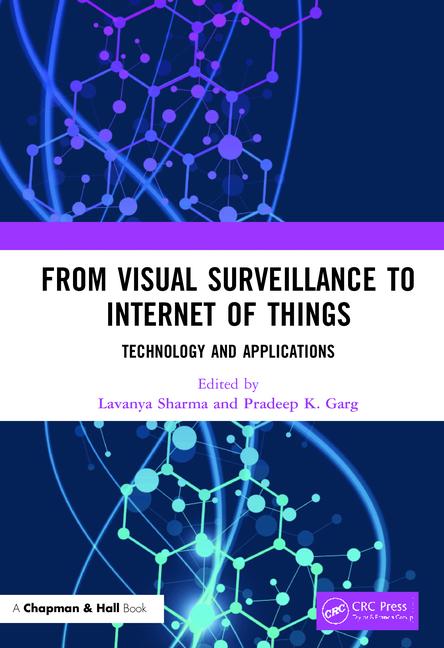

After more than 33 years without a major league baseball team on its field, the stadium’s video security system was hardly state-of-the-art. “The old system was pushbutton switches with old domes and old multiplexers,†lamented Bob Ryan, vice president of sales and marketing for ASG Security.
By contrast, the new video security system has 31 cameras, rugged housings and lenses, a Max 1000 switcher, three Fusion DVRs and the Ultra Key system from Honeywell Video Systems.
The digital cameras have 470 lines of resolution and use Cat 5 cable to send signals back to the head end. Cat 5 can be used because UTP transmitters are built into the cameras.
“Very few cameras have it built in,†revealed Ryan. “Usually, an outside module is required.†This meant that the alternative, more expensive RG-11 cable, was not needed, he maintained.
Undergoing approximately $14 million in renovations, the RFK Stadium made security a top priority. DC Sports and Entertainment, which manages the stadium, wanted two independent systems: one to protect the stadium 24/7 and a separate system for game day.
Both systems were installed in six weeks by April 3. “RFK didn’t believe it could be done,†declared Ryan. “It should have been a 12- to 16-week project.â€
Explained Jay German, ASG’s sales manager, “One of the keys to winning this bid was in the design. The stadium wanted a system for touch-screen control of presets so they could be labeled by section. This can be accomplished with the Ultra Key controller. It does exactly what they wanted it to do, and we were the only one to come up with the solution.â€
Adds Ryan, “If the guard sees a disturbance in Section 217, with the Ultra Key and the macro commands written behind it, it tells the system. All he has to do is hit 217 and go. Other competitors force end-users to match a fixed set of keys to the cameras. To use this system, all the security people have to know is the ballpark. The other systems were not as intuitive – they needed to use map codes of the stadium.â€
Another requirement in the specification was that the ballpark wanted 1,000 hours of recording time, which was accomplished with the DVR Fusions. Up to 81 games can be stored at 15 frames per second on a terabyte that is in each of the three DVRs, Ryan noted.
“The fusions have long archiving ability,†explains German. “Since they cover other events such as concerts and special events in this multiple use stadium, they wanted it to back up enough to be able to recall for security purposes.â€
They also wanted state-of-the-art equipment that could move with them in three years. The team will be moving to a 41,000-seat ballpark that will be built along the Anacostia River about a dozen blocks south of the Capitol, so it was important to have a system that could move along with them.
The new stadium may add more cameras. A stadium in Phoenix that uses a similar system has 150 cameras, and one at Ohio State University has 180 cameras.
It took one week to engineer the system with Honeywell’s help, and within one week, ASG received the OK to proceed, Ryan reported.





